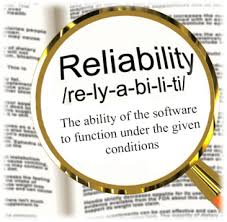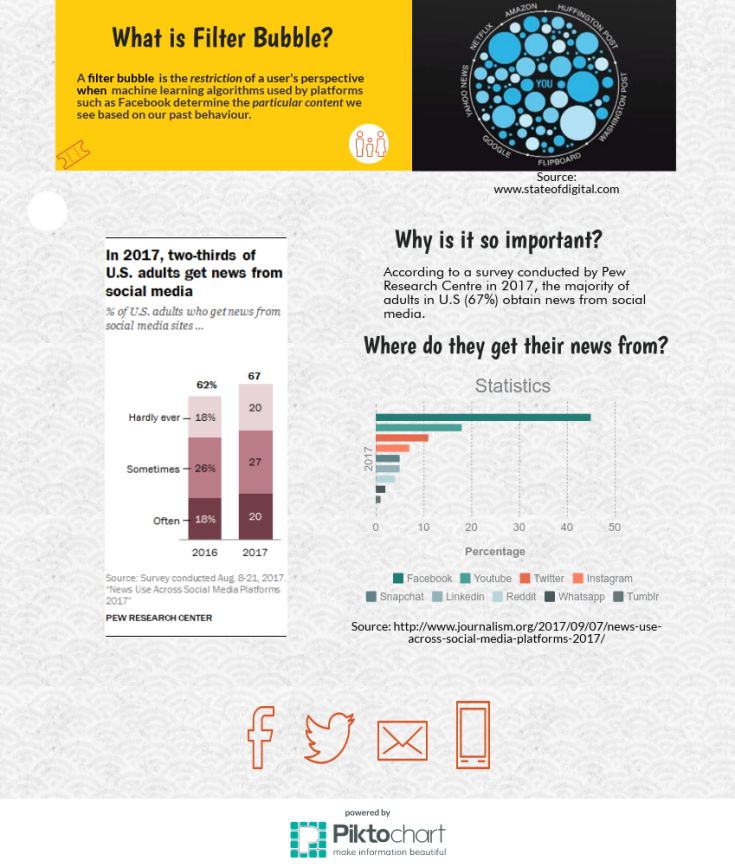
Topic 2: Evaluate how to assess the reliability and authenticity of online information.
The reliability and authenticity of online information
Nowadays, the Web has become the go-to source for more and more people doing all sorts of researches. However, is all of the online information reliable and authentic? Obviously, the answer is “NO”. For instance, the news “Pope Francis shocks world, endorses Donald Trump for president ” published by WTOE 5 had been copied by a popular fake news publisher.
Continue reading →








